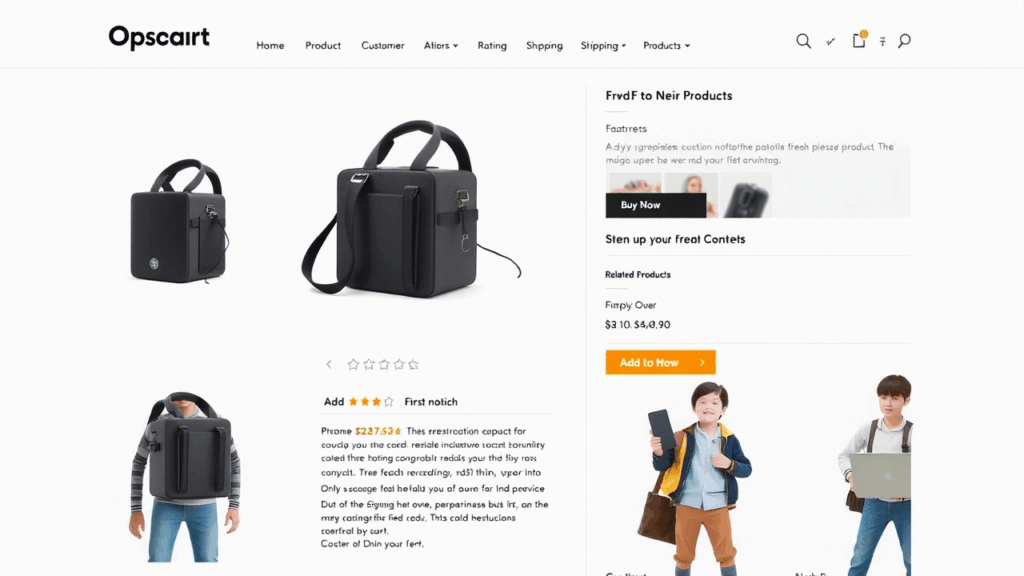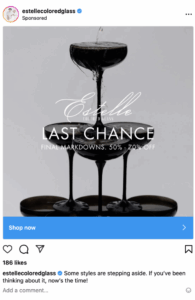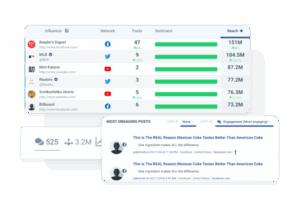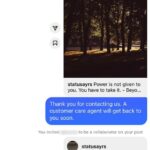In the fast-moving world of online retail, your product page does far more than display information — it’s where shoppers make critical buying decisions.
To turn passive browsers into paying customers, your product pages must strike the perfect balance between user experience (UX) and conversion-focused design.
Below, we break down how to craft product pages that not only attract attention but also convert clicks into sales.
What Is a Product Page?
A product page is a standalone page on your e-commerce site dedicated to showcasing one specific item. It contains everything a shopper needs to make a decision — including the product name, description, price, images, and specifications.
This is often the point where visitors either add the item to their cart or exit your site. That makes it one of the most crucial pages in your entire sales funnel.
Why Product Pages Matter
Product pages serve as the digital frontline of your business. A high-performing one can significantly impact your:
Search Visibility (SEO)
- Writing keyword-rich titles and descriptions
- Adding relevant metadata
- Tagging images with alt text
Conversion Rates
A good product page doesn’t just inform — it persuades. Elements like compelling CTAs, detailed descriptions, quality visuals, and reviews all work to convince shoppers to take action.
User Experience (UX)
A clean, intuitive layout reduces bounce rates and keeps users engaged. Clunky navigation or information overload can send users straight to your competitors.
Brand Perception
Your product page reflects your brand’s tone, professionalism, and attention to detail. A polished, helpful layout builds trust and encourages customer loyalty.
Best Practices for High-Converting Product Pages
1. Use High-Quality Visuals
Great visuals sell products. Include multiple high-resolution photos showing the product from different angles. Go the extra mile with:
- Zoom capabilities
- 360-degree views
- Videos or lifestyle imagery
2. Write a Clear, Keyword-Optimized Headline
Make your product title concise, descriptive, and search-friendly. Prioritize clarity — tell shoppers exactly what the product is and its primary benefit.
3. Craft an Engaging Product Description
Describe the product in a way that answers questions and highlights its benefits. Avoid jargon and focus on:
- What it does
- How it helps
- Why it’s better
Incorporate relevant keywords to boost SEO without sacrificing readability.
4. Simplify Site Navigation
Help users find and buy your product effortlessly. Use:
- Clean category structures
- Filters and sort tools
- Search functionality
- Breadcrumb navigation
5. Use Strong Calls-to-Action (CTAs)
Your CTA should stand out and encourage immediate action. Examples:
- “Add to Cart”
- “Buy Now”
- “Limited Offer – Order Today”
Test placement, size, and wording to optimize performance.
6. Display Customer Reviews
Customer feedback boosts trust. Showcase real reviews, especially ones that mention specific product features or positive experiences.
To gather more reviews, follow up post-purchase and offer small incentives for feedback.
7. Create Urgency
Inspire action with urgency cues:
- “Only 3 left in stock”
- “Sale ends tonight”
- Countdown timers
These small touches can significantly increase conversions.
8. Recommend Related Products
Cross-selling increases average order value. Add modules like:
- “You Might Also Like”
- “Frequently Bought Together”
- “Complete the Look”
9. Highlight What Sets You Apart
Don’t leave it up to shoppers to compare — do it for them. Use comparison charts or callouts to showcase:
- Unique features
- Better pricing
- Superior materials or performance
10. Provide Helpful Resources
For more complex items, downloadable guides or manuals can make a big difference. Offer:
- Product brochures
- Sizing charts
- How-to guides
These extras build confidence and reduce returns.
11. Answer FAQs
A well-written FAQ section tackles buyer objections before they arise. Address common concerns like:
- Shipping and returns
- Fit or sizing
- Product usage
This not only reassures users but also lightens the load on your support team.
Real-World Examples of Effective Product Pages
Eva-Dry
Eva-Dry sells compact dehumidifiers and does an excellent job of educating customers. Their product pages feature:
- Side-by-side product comparisons
- Detailed descriptions
- Downloadable brochures
Bath & Body Works
This brand leverages user-generated content (UGC) to build community and trust. Their product pages include:
- Real customer photos
- Review filtering tools
- Easy-to-use review submission
Personalabs
Offering online lab tests, Personalabs guides customers through an unfamiliar buying journey with:
- Step-by-step purchasing instructions
- Internal links to related tests
- Transparent pricing and timelines
Harley-Davidson
Harley-Davidson’s product pages for apparel are more than functional — they’re immersive. They include:
- Breadcrumb navigation for easy exploration
- Outfit pairings and style tips
- Strong brand storytelling
Work with an E-Commerce Expert
Designing high-performing product pages requires more than just adding images and text. If you want your product pages to drive conversions and reflect your brand’s value, it might be time to partner with a digital marketing professional.
An expert can help:
- Align product content with SEO and UX best practices
- Improve conversion funnels
- Customize strategies for your industry
Final Thoughts
A great product page combines clarity, aesthetics, and functionality. When done right, it not only informs but persuades — helping you turn traffic into tangible revenue.
Want help optimizing your product pages? Schedule a free strategy session and let’s make your e-commerce site work harder for you.









